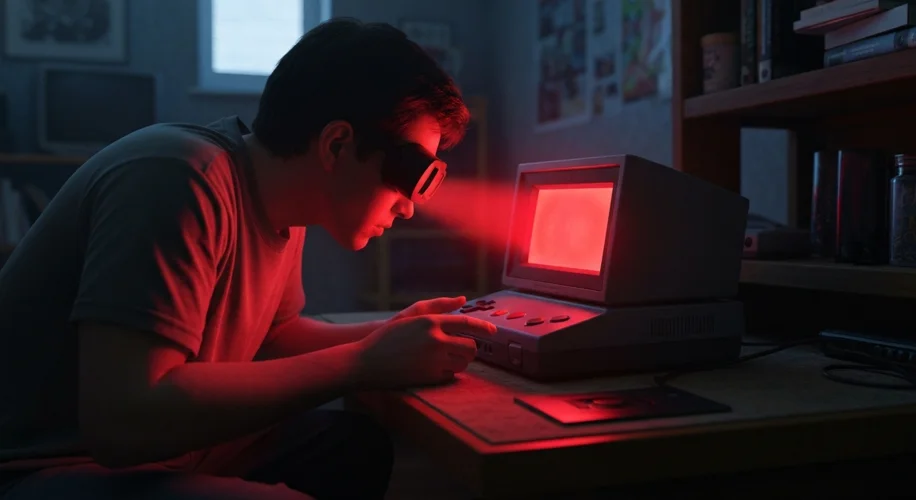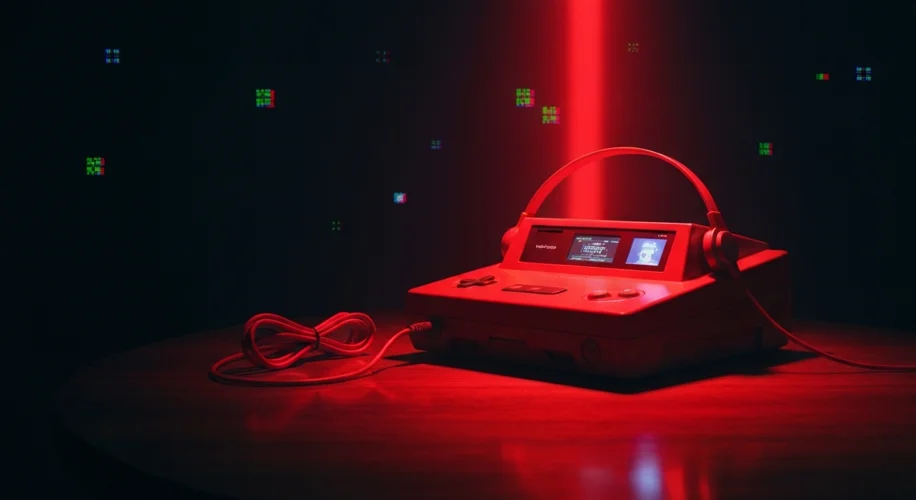In the annals of video game history, certain products stand out not for their monumental success, but for their spectacular, and often cautionary, tales. One such device, a peculiar foray into stereoscopic 3D gaming, was Nintendo’s Virtual Boy. Released in the summer of 1995, this crimson-hued console was intended to be the next frontier in interactive entertainment. Instead, it became a symbol of ambition that outpaced execution, a product that left many players seeing red, both literally and figuratively.
The story of the Virtual Boy is inextricably linked to Gunpei Yokoi, the visionary Nintendo engineer responsible for the Game & Watch series and the groundbreaking Game Boy. Yokoi, a legend within Nintendo, was eager to push the boundaries of portable gaming, and the Virtual Boy was his ambitious attempt to introduce 3D graphics to a home console. The concept was intriguing: a head-mounted display that projected stereoscopic images, creating a sense of depth and immersion previously unseen in consumer electronics.

The world of 1995 was still largely enamored with the burgeoning possibilities of 3D graphics in video games. The Nintendo 64 was on the horizon, and the PlayStation had already made a splash. Nintendo, a company synonymous with innovation and family-friendly fun, saw the Virtual Boy as a way to leapfrog the competition and offer a unique gaming experience. However, the technology available at the time presented significant challenges.
The Virtual Boy’s most distinctive feature was its monochrome red display. To achieve stereoscopic 3D, the console used a rapidly flashing screen that alternated between images for the left and right eyes. This required a fixed viewing distance and resulted in a stark, red-and-black color palette. While intended to evoke a futuristic feel and reduce production costs, the intense red light and the rapid flashing proved to be a significant problem. Many users reported eye strain, headaches, and even nausea after prolonged use. The ergonomic design, which required players to lean forward awkwardly to view the screen, also contributed to user discomfort.
The launch of the Virtual Boy was met with a lukewarm reception. Critics cited the uncomfortable design, the limited color palette, and the significant eye strain. The games themselves, while showcasing early attempts at 3D environments, often struggled to overcome the technical limitations. Titles like “Mario’s Tennis” and “Virtual Bowling” were among the launch offerings, but none captured the public’s imagination or demonstrated the console’s true potential in a way that compensated for its drawbacks.
The commercial failure of the Virtual Boy was swift and brutal. Nintendo, accustomed to the overwhelming success of its portable devices, found itself with a product that failed to connect with consumers. Sales were dismal, and the console was quickly discontinued, lasting less than a year on the market. The financial losses associated with the Virtual Boy were substantial, and the project cast a shadow over Nintendo’s reputation for delivering polished, enjoyable gaming experiences.
The impact of the Virtual Boy’s failure extended beyond mere commercial disappointment. For Gunpei Yokoi, a figure deeply respected for his contributions to Nintendo’s success, the Virtual Boy was a personal setback. While he remained with the company, the public perception of his latest venture undoubtedly affected his standing. Tragically, Yokoi passed away in a car accident in 1997, leaving many to wonder what other innovations he might have brought to the gaming world had his career not been marred by this one significant misstep.
In retrospect, the Virtual Boy stands as a testament to the perils of technological ambition without sufficient foresight. It was a console that was ahead of its time in concept but fell short in execution. Nintendo would eventually conquer the 3D gaming space with the Nintendo 3DS, learning valuable lessons from the Virtual Boy’s red-tinted downfall. The Virtual Boy remains a fascinating, albeit flawed, chapter in gaming history, a reminder that even the most innovative companies can sometimes find themselves in a dark room, seeing nothing but red.

